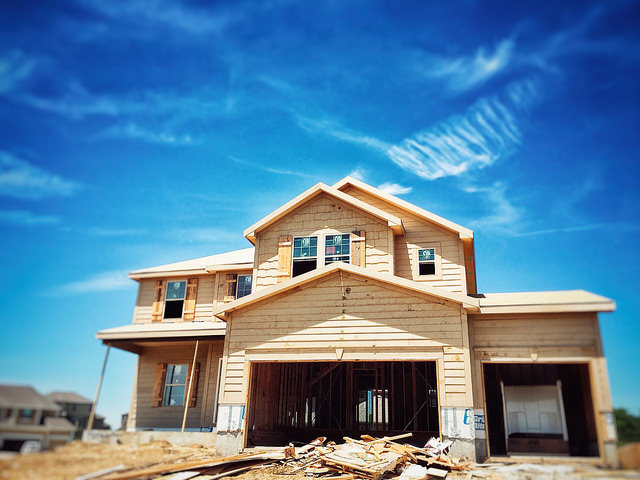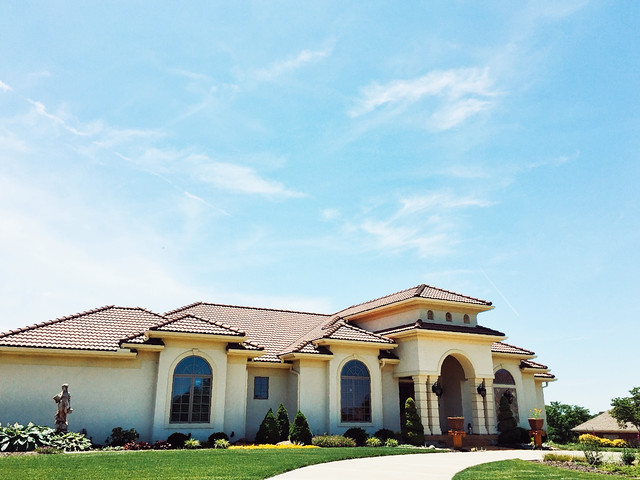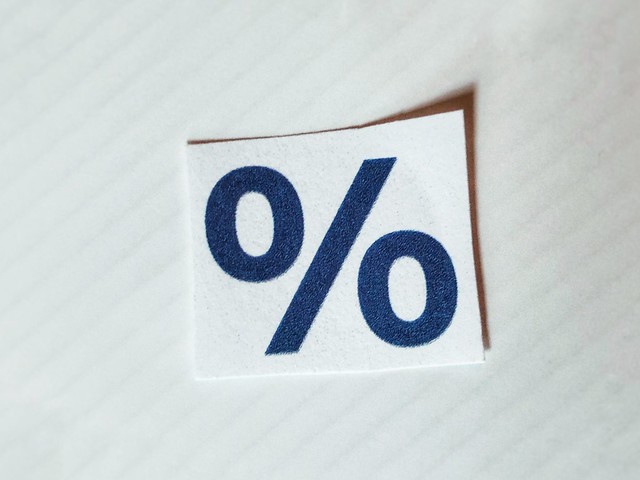When there are more buyers than available homes for sale, home prices rise. That’s why prices spiked last year and have continued increasing into 2021. An already lower-than-normal number of homes for sale fell even lower after the coronavirus hit last March. The resulting inventory crunch, combined with elevated demand from buyers, has been driving prices upward ever since. But, while low inventory isn’t great for buyers, it’s good news for home builders, since building new homes is the quickest way to balance the market and provide options for buyers. So it’s no surprise that the National Association of Home Builders’ Housing Market Index – which measures how confident builders are in the market for new homes – remains strong. Scored on a scale where any number above 50 indicates more builders view conditions as good than poor, the June Index came in at 81. That’s not far below its all-time high, but it is down two points from last month. Why? Well, according to Chuck Fowke, NAHB’s chairman, builders are facing higher costs for materials and it’s making it more difficult for them to build the affordable new homes the market needs. (source)













